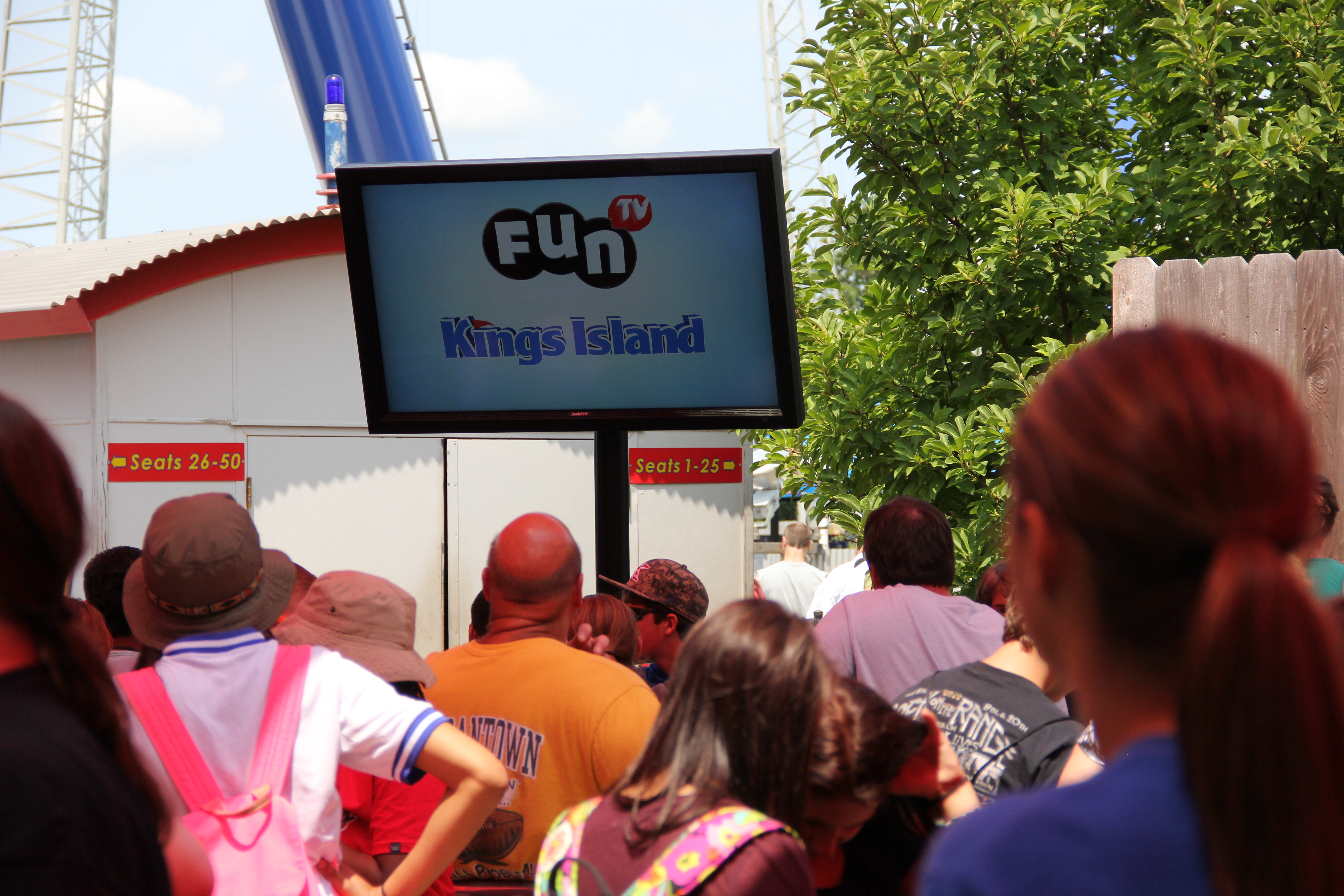Direct-to-Consumer, Tech Brands Driving Growth.
Out of home (OOH) advertising revenue rose 6.0 percent in the first quarter of 2019 compared to the previous year, accounting for $1.78 billion, based on figures released by the Out of Home Advertising Association of America (OAAA). The revenue increase marks nine years of consecutive growth for the OOH industry.
“OOH continues to grow ad spend revenue because of its effective mass reach,” said OAAA President & CEO Nancy Fletcher. “We’ve seen a marked rise with direct-to-consumer businesses, in particular, along with continued use by major tech brands, which use OOH to drive digital engagement.”
Four of the top 10 product categories posted increases equal to or greater than the overall quarterly increase including Insurance & Real Estate +18.2 percent, Media & Advertising +13.4 percent, Miscellaneous Local Services & Amusements +7.8 percent; and Financial +6.0.
Ranked in order of OOH spending, the top 10 advertisers in the first quarter were McDonald’s, Apple, Geico, Amazon, T-Mobile, HBO, Warner Bros Pictures, Google, Chevrolet, and American Express.
Twenty-nine of the top 100 OOH advertisers more than doubled OOH spend from the first quarter of 2018 including Door Dash Food Delivery, Cisco, LVMH, Groupon, Pluto TV, EA (Electronic Arts), LogMeIn.Com, Vimeo, Tazo, Stitch Fix Clothing Store, Michigan Hotels and Resorts, Uber, New York City Department Of Health & Mental Hygiene, Allstate, Salesforce, Deloitte, Target, Redfin Real Estate, Amazon, T-Mobile, TD, CNN, CBS, Paramount Pictures, Anheuser-Busch, Warner Bros Pictures, Spotify, Hulu, and 20th Century Fox Pictures.
“OOH audiences are younger and more affluent than the average US consumer, and that’s very attractive to many brands,” said Stephen Freitas, OAAA chief marketing officer. “And, a new Nielsen study found 66 percent of smartphone users have been prompted by an OOH ad to take some type of action with their phone.”
OAAA issues full industry pro forma revenue estimates that include, but are not limited to, Miller Kaplan and Kantar Media (which is not adjusted to reflect changes in data sources), and member company affidavits. Revenue estimates include digital and static billboard, street furniture, transit, place-based, and cinema advertising.
For more information about specific category spend, please contact Nicole Randall at nrandall@oaaa.org or (202) 833-5566.
The Out of Home Advertising Association of America (OAAA) is the national trade association for the $8 billion US out of home advertising (OOH) industry, which includes digital out of home (DOOH), and is comprised of billboards, street furniture, transit advertising, and place-based media (including cinema).
Comprised of 800+ member media companies, advertisers, agencies, ad-tech providers, and suppliers that represent over 90 percent of the industry. OAAA is a unified voice, an authoritative thought leader, and a passionate advocate that protects, unites, and advances OOH advertising in the United States.
OAAA-member media companies donate over $500 million in public service advertising annually. Every year, the industry celebrates and rewards OOH creativity via its renowned OBIE Awards (obieawards.org). For more information, please visit oaaa.org.












